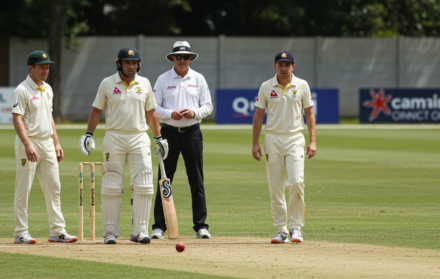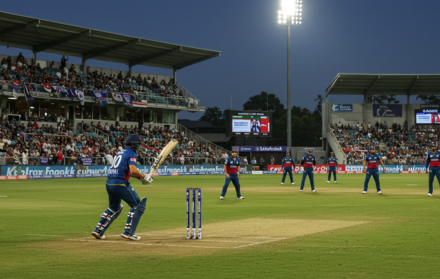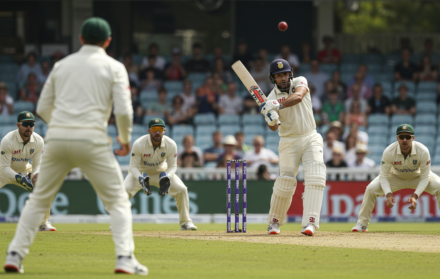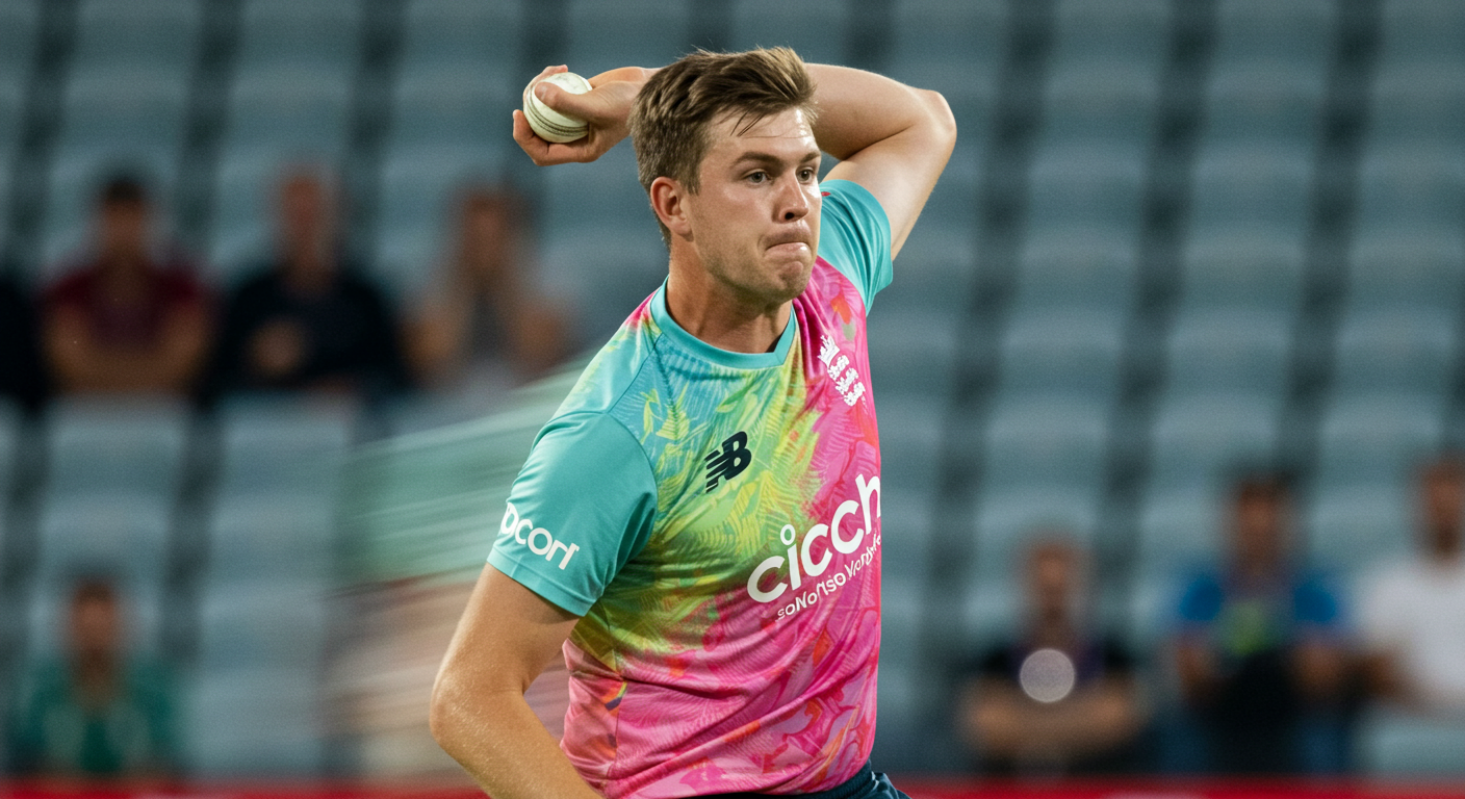
What are the different bowling types in cricket?
Bowling is one of the two core disciplines in cricket, the other being batting. While batting may steal headlines with centuries and boundaries, bowling is often what wins matches. From breaking crucial partnerships to building pressure over spells, bowlers play a decisive role in every format of the game.
What makes bowling so unique is its variety. Different bowlers use different techniques, speeds, and grips to outsmart the batter. Some rely on raw pace, while others deceive with subtle spin or swing. Understanding the major bowling types in cricket is key not only for aspiring players but also for fans who want to appreciate the tactical depth of the game.
This article breaks down the main bowling types in cricket, their mechanics, and why they matter in a real match.
1. The Two Major Bowling Categories
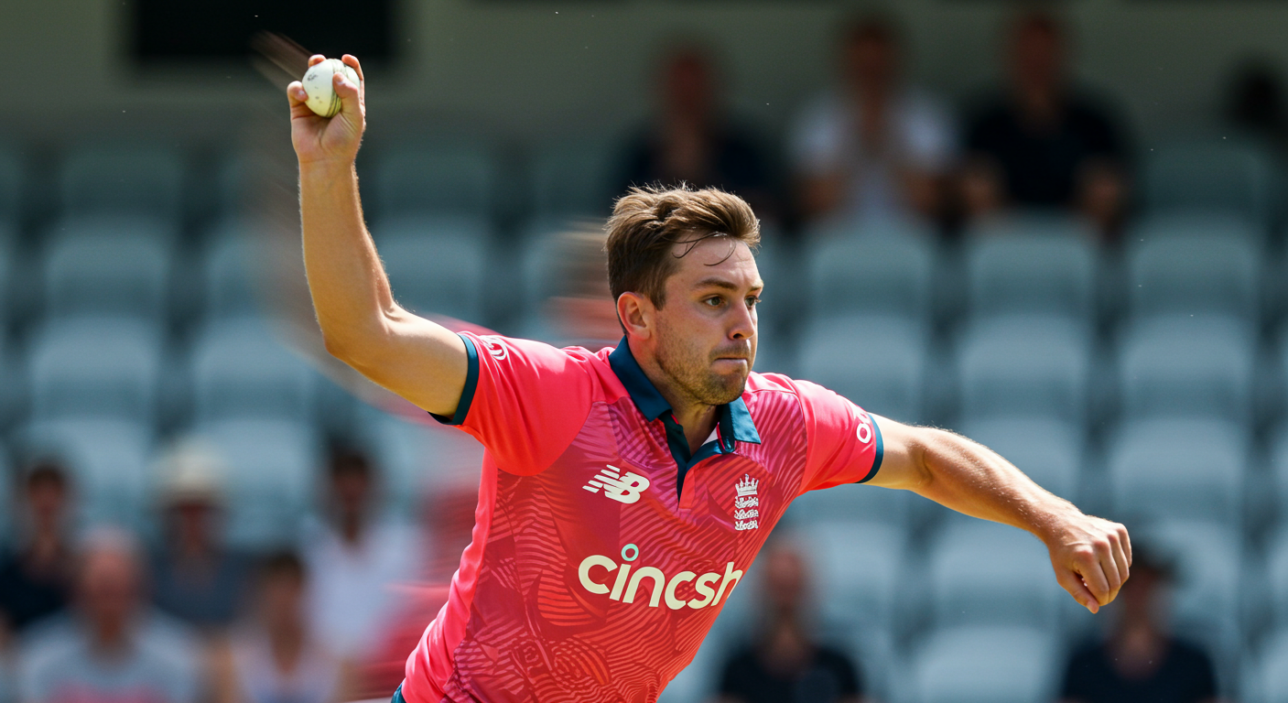
All bowlers fall into one of two primary categories:
-
Fast bowling
-
Spin bowling
The goal of a fast bowler is to overpower or unsettle the batter using speed, bounce, or swing. Spin bowlers, on the other hand, rely on subtle changes in flight, turn, and drift to deceive the batter.
The choice between fast and spin depends on a bowler’s physical attributes, natural strengths, and the conditions of the match. While fast bowlers often dominate early overs or new-ball spells, spinners shine in the middle overs and on worn-out pitches, especially in subcontinental conditions.
2. Fast Bowling Styles Explained
Fast bowling is not just about hurling the ball as fast as possible. There are various subtypes, each with specific goals and techniques.
a. Outright Pace (Fast Bowlers)
These bowlers regularly clock speeds above 140 km/h (87 mph) and are known for their ability to intimidate. Their deliveries can induce fear, cause misjudgments, and break rhythm.
Examples:
-
Shoaib Akhtar (Pakistan): The “Rawalpindi Express”, fastest recorded delivery at 161.3 km/h
-
Brett Lee (Australia): Aggressive, accurate, and consistently fast
-
Jofra Archer (England): Known for pace and bounce with minimal effort
Fast bowlers use a longer run-up to generate momentum. Their key weapons include the bouncer and the yorker.
b. Fast-Medium and Medium Pacers
These bowlers operate in the 120-140 km/h range. What they lack in speed, they make up for with precision, swing, or seam movement.
Fast-medium bowlers aim for consistent line and length, often targeting the top of off-stump and inducing errors.
Medium pacers can be more crafty, using slower deliveries, cutters, and variations to fool the batter.
Examples:
-
Glenn McGrath (Australia): Relied on relentless accuracy
-
Bhuvneshwar Kumar (India): Known for swing and control
-
Tim Southee (New Zealand): Combines seam and swing effectively
3. Swing and Seam: Movement in the Air and Off the Pitch

Many fast and medium bowlers use swing and seam techniques to make the ball move unpredictably.
a. Swing Bowling
Swing bowling is the art of making the ball move sideways in the air. It comes in two forms:
-
Conventional swing: Occurs with a shiny new ball. The ball moves due to the difference in airflow between the shiny and rough sides.
-
Reverse swing: Happens with an old ball, typically at high speeds. It moves in the opposite direction than expected.
In-swingers move toward a right-handed batter, out-swingers move away.
Famous swing bowlers:
-
James Anderson (England): Master of swing in all conditions
-
Wasim Akram (Pakistan): Deadly with reverse swing
-
Dale Steyn (South Africa): Blended pace with late movement
b. Seam Bowling
Seam bowling focuses on how the ball behaves after pitching. When a bowler lands the seam upright, the ball can deviate upon contact with the pitch.
Good seam bowlers can exploit uneven surfaces to generate bounce, seam, or jagged movement.
Notable seamers:
-
Vernon Philander (South Africa)
-
Mohammad Asif (Pakistan)
Both swing and seam require excellent control over grip and wrist position.
4. Spin Bowling and Its Variations
Spin bowlers do not rely on speed. Instead, they turn the ball sharply after pitching, aiming to trick the batter with flight, drift, dip, or spin direction.
There are four main types of spin bowling:
a. Off-Spin (Right-arm Finger Spin)
Off-spinners turn the ball from the off-side to leg-side for a right-handed batter. It’s a safer style but effective when used with variation and control.
Notable off-spinners:
-
Ravichandran Ashwin (India)
-
Muttiah Muralitharan (Sri Lanka): All-time leading wicket-taker in Tests
-
Moeen Ali (England)
b. Leg-Spin (Right-arm Wrist Spin)
Leg-spinners turn the ball from leg to off, and their deliveries often include flight, turn, and deception.
Leg-spin is harder to master but can be very rewarding. Key deliveries include:
-
The googly (turns the opposite way)
-
The flipper (skids through low)
-
The top-spinner (bounces more)
Famous leg-spinners:
-
Shane Warne (Australia): Revolutionized leg-spin
-
Anil Kumble (India): Known for bounce and variation
-
Adil Rashid (England)
c. Left-Arm Orthodox (Left-arm Finger Spin)
This type of bowling mirrors off-spin but from a left-handed perspective. The ball turns away from right-handed batters, creating natural angles that can be difficult to negotiate.
Examples:
-
Daniel Vettori (New Zealand)
-
Ravindra Jadeja (India)
-
Jack Leach (England)
d. Left-Arm Unorthodox (Chinaman)
Left-arm wrist spinners, also known as chinaman bowlers, are rare. They turn the ball into a right-handed batter, similar to a leg-spinner.
Notable chinaman bowlers:
-
Kuldeep Yadav (India)
-
Brad Hogg (Australia)
-
Tabraiz Shamsi (South Africa)
Each spin variation offers different angles and turn, making spin bowling an essential part of a team’s attack.
5. How Grip and Bowling Action Define Type
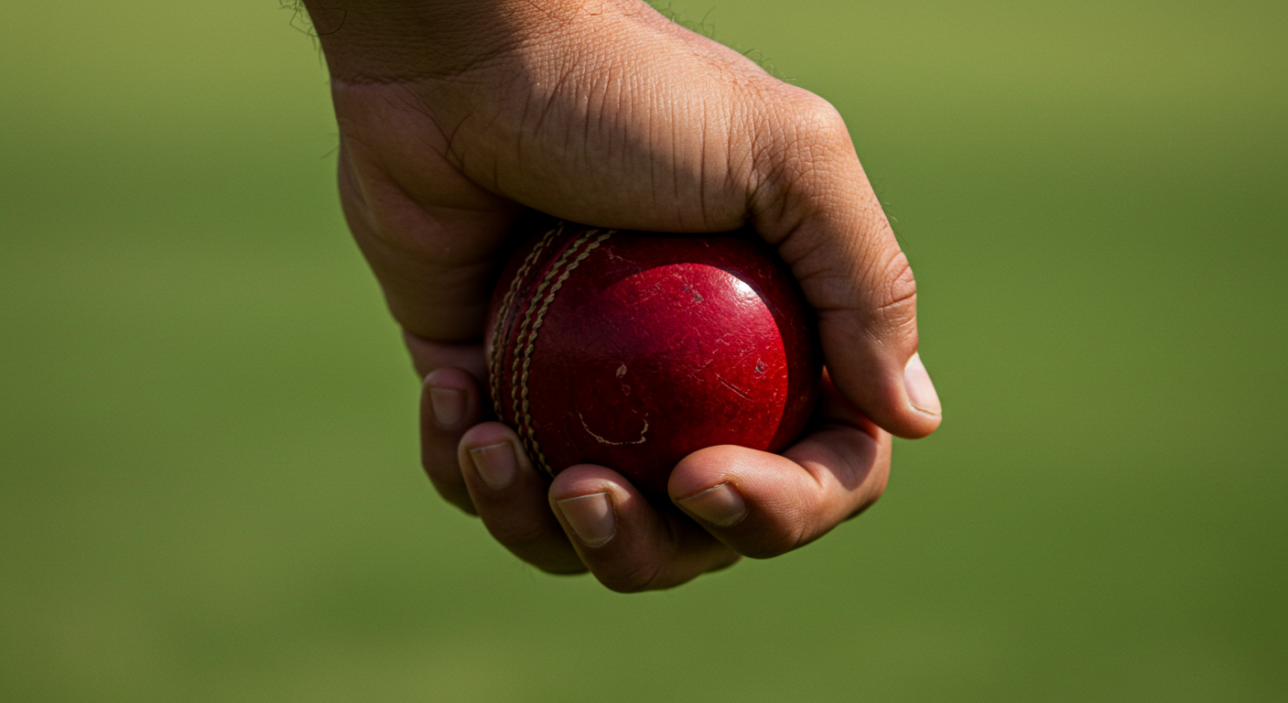
Every bowling type in cricket relies on subtle mechanics in the bowler’s grip, wrist position, and body movement. Even a slight variation in these elements can change the delivery entirely.
a. Grip Techniques
-
Fast Bowlers: Typically hold the seam upright, with index and middle fingers placed along the seam. For outswing or inswing, they adjust the angle of the seam and wrist.
-
Spin Bowlers: Use fingers or wrist to impart spin. For off-spin, the fingers roll the ball. For leg-spin, the wrist flick is essential.
Beginners often struggle with grip, as it must allow control without sacrificing speed or spin. Practicing different grips is crucial for developing more variations.
b. Bowling Action
The delivery stride, arm angle, and wrist position all affect how the ball behaves.
-
A high arm action usually generates more bounce.
-
A side-arm action (common in spin or slingy fast bowlers) can produce drift or swing.
-
The follow-through affects balance and repeatability.
Understanding and refining your action is key to consistency, especially when switching between bowling types.
6. Left-Arm vs Right-Arm Bowling: Strategic Angles
Another key distinction in bowling types is whether a bowler delivers with their left or right arm. The choice of arm changes the angles presented to a batter and can be used tactically by captains.
a. Right-Arm Bowlers
Most bowlers are right-handed. Their deliveries naturally angle into or away from right-handed batters depending on the type of spin or seam they bowl.
Right-arm fast bowlers tend to bowl over the wicket, targeting off-stump lines.
Right-arm off-spinners turn the ball into right-handed batters.
Right-arm leg-spinners spin it away.
b. Left-Arm Bowlers
Left-arm bowlers bring variation and often trouble right-handed batters with deliveries that go across them or spin in.
Left-arm seamers (e.g. Trent Boult, Mitchell Starc) create difficult angles with the new ball.
Left-arm orthodox spinners turn the ball away from right-handers.
Left-arm wrist spinners are rare and unpredictable.
Switching from a right-arm to a left-arm bowler forces batters to constantly readjust, making bowling changes an effective strategy.
7. Rare or Unorthodox Bowling Styles
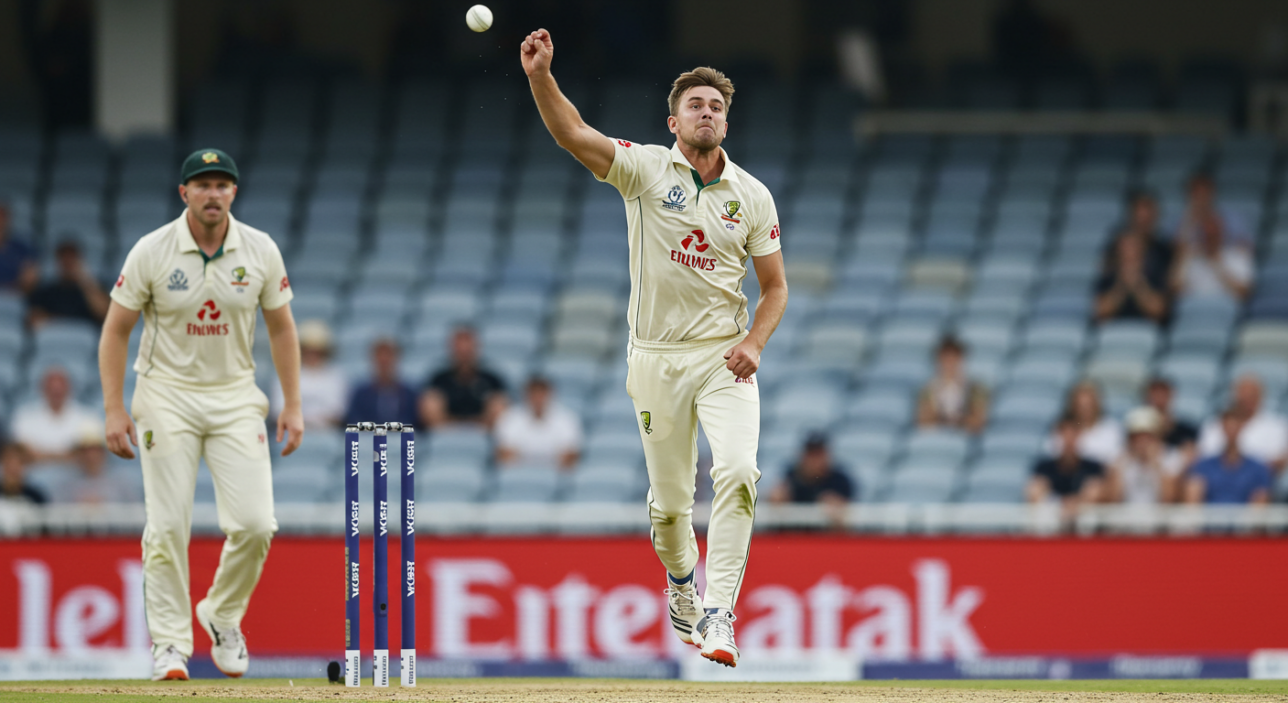
Although most bowlers fit into the major categories, a few defy convention. These styles are rare but can be surprisingly effective.
a. Underarm Bowling
Now banned in professional cricket, underarm bowling was once the standard. The last major controversy came during a 1981 match between Australia and New Zealand when an underarm ball was bowled to prevent a six.
b. Ambidextrous Bowling
Some bowlers can switch arms mid-match or even mid-over, provided they inform the umpire. This adds confusion and unpredictability.
Example: Kamindu Mendis (Sri Lanka) has bowled both right-arm off-spin and left-arm orthodox spin in the same innings.
c. Sling Action
Fast bowlers like Lasith Malinga used a low sling action to surprise batters. His unusual trajectory made it difficult to judge length and bounce.
d. Round-Arm Bowling
This involves a horizontal release angle. It was once common before overarm bowling was legalized and is occasionally seen today in modified form.
8. Tactical Use of Bowling Types in a Match
Good teams use the variety of bowling types in cricket as a chessboard of options throughout an innings. The goal is to use the right bowler for the right moment.
a. New Ball Attack
Fast bowlers typically take the new ball. They try to exploit bounce and swing early, especially in Test or ODI formats.
Example: James Anderson and Stuart Broad often share the new ball for England, each with different strengths.
b. Middle Overs and Control
Spinners are often brought in during the middle overs to slow the scoring rate and build pressure.
-
Off-spinners use tight lines.
-
Leg-spinners try to attack with turn and flight.
A clever leg-spinner like Rashid Khan can take wickets during this phase in T20 matches.
c. Death Overs and Containment
In the final overs of an innings, bowlers need to use variations and control to prevent big hits.
-
Slower balls
-
Yorkers
-
Wide lines
Bowlers like Jasprit Bumrah and Dwayne Bravo have mastered death-over strategies with unique deliveries suited to pressure.
Final Thoughts: Building a Bowler’s Arsenal
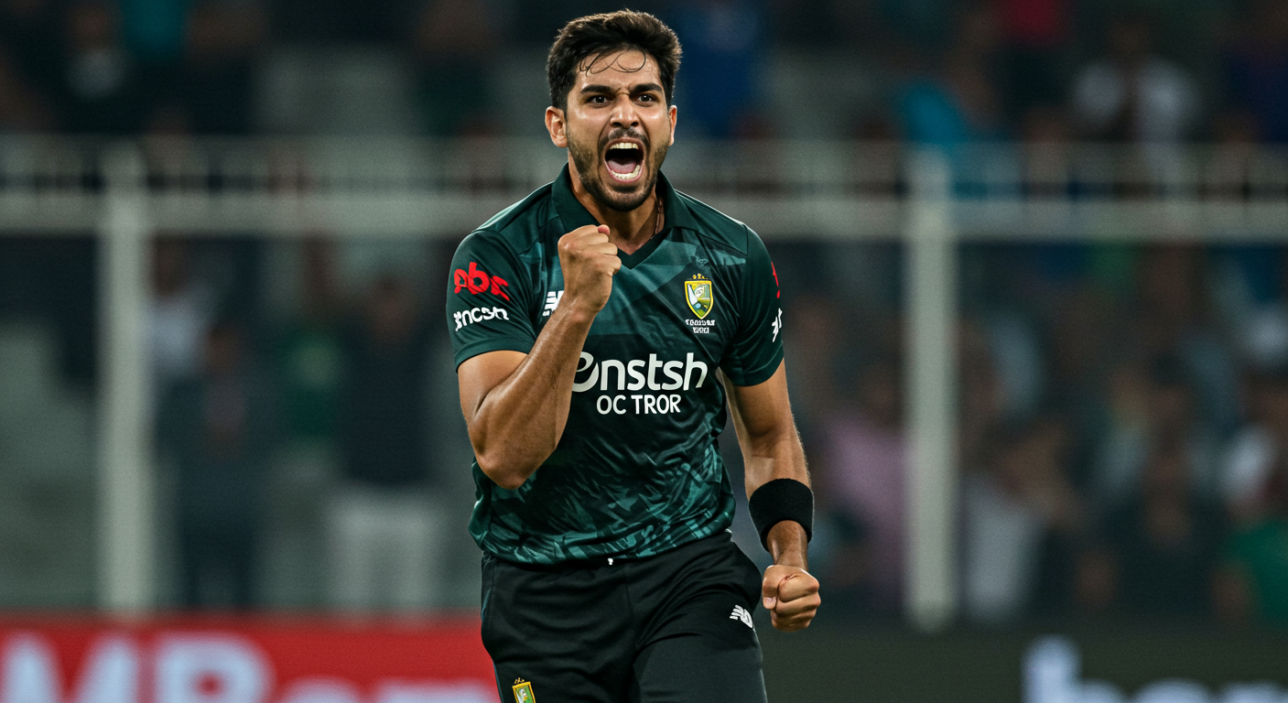
Every bowler begins with one style, but the most effective ones master multiple types or at least several deliveries within their main style. A pace bowler who can swing the ball and bowl slower deliveries is far more dangerous than one who only knows how to bowl fast. The same goes for a spinner who can bowl both the stock delivery and a deceptive variation.
As a player or a fan, understanding the many bowling types in cricket deepens your appreciation for the game’s nuances. It explains how strategies evolve across formats and why some bowlers excel in certain conditions but struggle in others.
Whether you are stepping onto the pitch for the first time or analyzing an international match on TV, knowing how each bowling type functions is essential to fully enjoy the beautiful complexity of cricket.
Frequently Asked Questions: Different Bowling Types in Cricket
1. What is the difference between off-spin and leg-spin?
Off-spin is bowled by right-arm finger spinners and turns from the off-side to the leg-side of a right-handed batter. Leg-spin, bowled by wrist spinners, turns the opposite way. Leg-spin is generally harder to bowl and offers more variations like the googly.
2. Can a bowler use both fast and spin techniques?
While rare, some bowlers switch styles during their career. Most bowlers specialize in either fast or spin due to the distinct mechanics and physical demands, but with enough practice, it is possible to bowl both at an amateur level.
3. How do you choose your bowling type as a beginner?
Try both fast and spin in practice. Your natural speed, strength, and comfort with different grips and run-ups will help you decide. A coach can also guide you based on what suits your body mechanics.
4. What’s the rarest type of bowling in cricket?
Left-arm wrist spin, also known as chinaman bowling, is among the rarest. Ambidextrous bowling is even rarer, though legal if declared before delivery.
5. Who are some of the best bowlers of each type?
-
Fast bowling: Shoaib Akhtar, Dale Steyn, Pat Cummins
-
Swing/seam: James Anderson, Bhuvneshwar Kumar
-
Off-spin: Muttiah Muralitharan, R Ashwin
-
Leg-spin: Shane Warne, Rashid Khan
-
Left-arm spin: Ravindra Jadeja, Daniel Vettori
